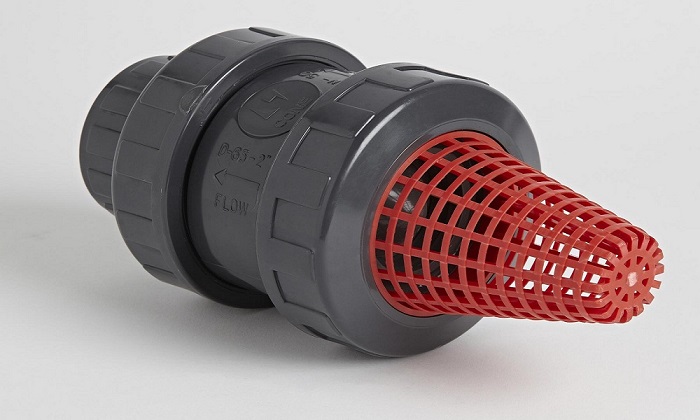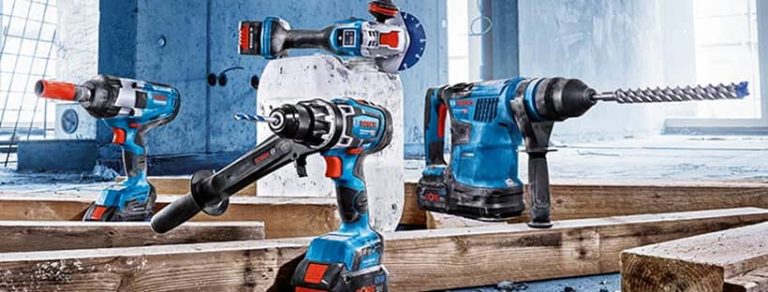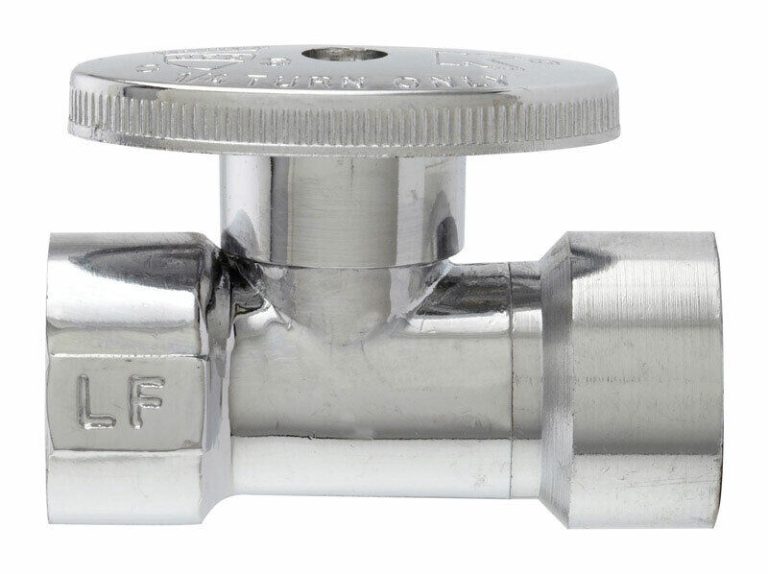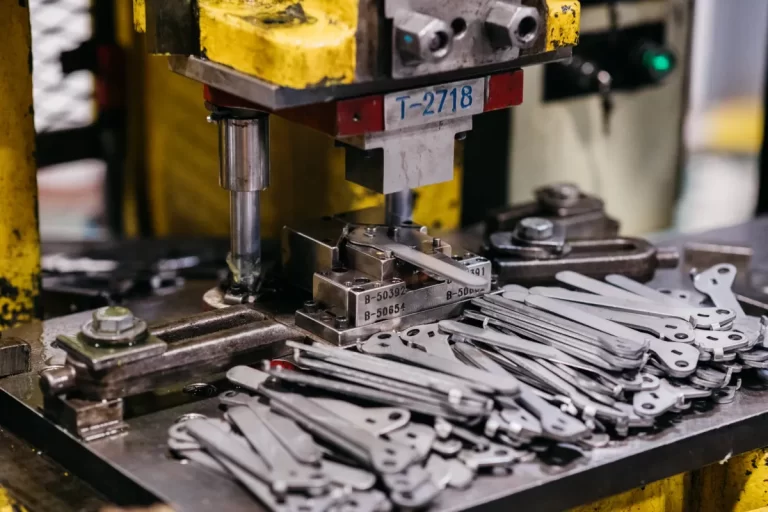The Complete Rebar Guide for Construction Professionals
Rebar, an abbreviation for reinforcing bar, is a key material in the construction industry, vital for increasing the tensile strength of concrete. This article explores the different types of rebar, their uses, and how they work in conjunction with geogrid to provide robust structural support.

What Is Rebar and Why Is It Important?
Rebar consists of steel bars or meshes that reinforce concrete, preventing cracking and improving load-bearing capacity. It plays a critical role in enhancing concrete’s tensile strength, which is strong in compression but weak in tension.
Overview of Rebar Types
Different types of rebar include epoxy-coated, galvanized, and stainless steel. Each type presents unique advantages, such as enhanced resistance to corrosion or improved bonding properties, depending on environmental conditions.
Rebar and Geogrid Synergy
The combination of rebar and geogrid helps improve soil stabilization and load distribution. Their integration in retaining walls or foundation systems enhances overall structural integrity and prolongs project lifespan.
Choosing the Right Rebar: Key Considerations
When selecting rebar, it’s crucial to consider environmental factors (whether corrosive), structural load requirements, and compliance with local building codes. This careful selection process is essential for ensuring the safety and durability of construction projects.
Rebar is a vital component in reinforcing concrete, enabling structures to withstand various stresses. By understanding the different types of rebar and their relationship with geogrid, builders can make informed decisions that improve safety and longevity. For contractors and DIY enthusiasts, recognizing the significance of rebar is crucial for successful construction efforts.


